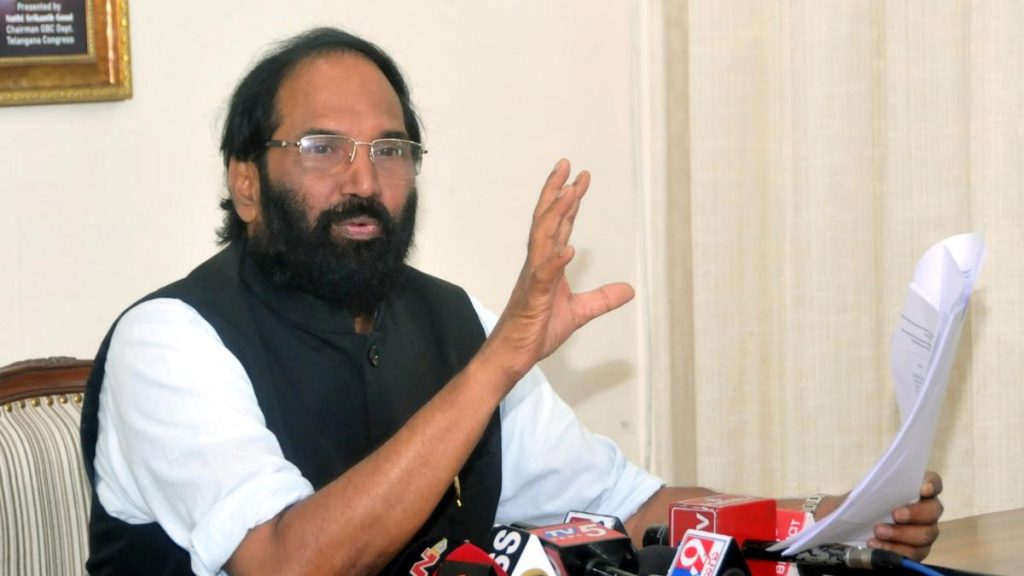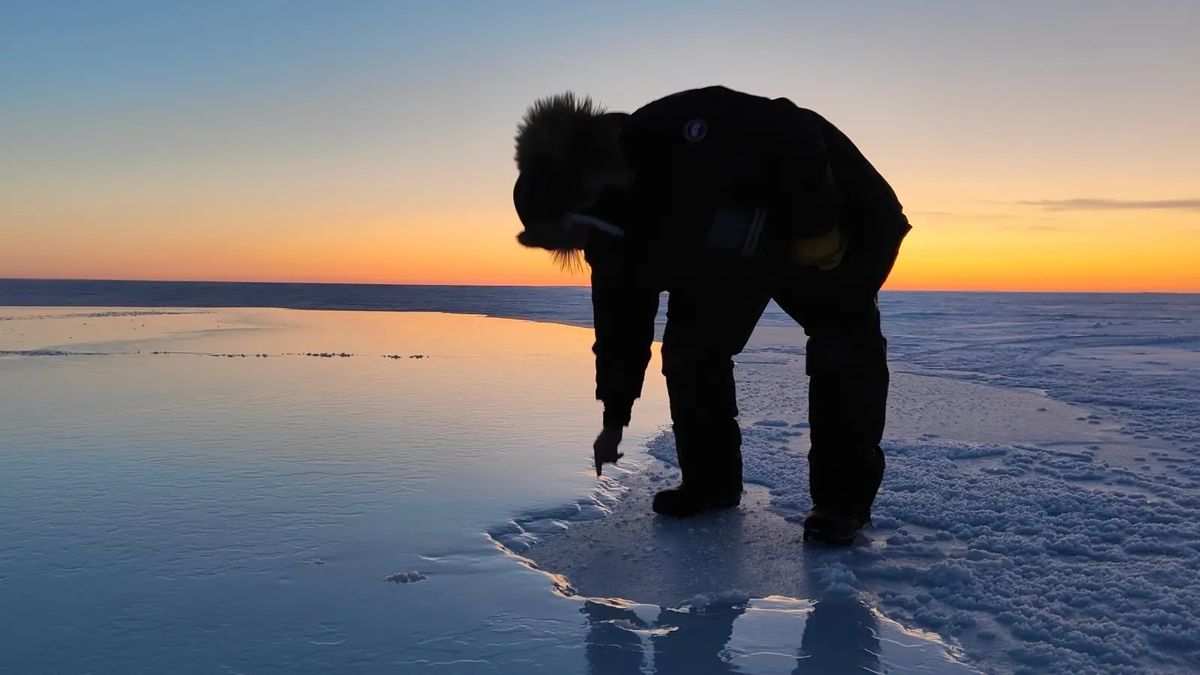Now Reading: James Webb Telescope and Exoplanet K2-18b: Unveiling the Truth About Alien Life Claims
-
01
James Webb Telescope and Exoplanet K2-18b: Unveiling the Truth About Alien Life Claims
James Webb Telescope and Exoplanet K2-18b: Unveiling the Truth About Alien Life Claims

Fast Summary
- K2-18b Discovery: K2-18b,a planet 124 light-years away in the Leo constellation,shows signs of potential atmospheric biosignatures as per a Cambridge-led study using the James Webb Space Telescope (JWST).
- Key Findings: JWST detected sulfur-based molecules, dimethyl sulfide (DMS) and dimethyl disulfide (DMDS), which on Earth are produced only by microscopic life such as phytoplankton. Though, thes findings are not statistically definitive.
- Scientific Debate: Experts remain skeptical. Astrobiologists cite issues wiht statistical meaning and inconsistencies in associated chemical data from the atmosphere.
- Clarifications by Researchers: Lead author Nikku Madhusudhan emphasized no strong claim of detecting life was made but shared excitement about “potential for life.”
- Data Reanalysis Outcomes: Autonomous studies using JWST data have failed to replicate DMS detection or show statistically significant evidence for its presence.
- Next Steps: Scientists aim to conduct additional observations with JWST and compare DMS findings across similar planets while searching for alternate explanations for these signals.
!An artist’s interpretation of K2-18b
!Transmission spectra suggesting traces of molecules
Indian Opinion Analysis
The discovery surrounding K2-18b expands ongoing efforts to uncover extraterrestrial life possibilities while underscoring the challenges inherent in interpreting distant planetary atmospheres. India is pursuing advancements in space programs-including astronomical exploration-which could benefit from this global dialog on exoplanetary research techniques and technologies like infrared spectroscopy. This case intricately highlights how cutting-edge tools like JWST prompt interdisciplinary collaboration rooted not just around astronomy but chemistry too.
For India’s space scientists, two takeaways emerge:
- Collaborative frameworks can enhance credibility-validating breakthroughs like biosignature analysis benefits immensely from peer review workflows worldwide.
- Investments into advanced instruments such as infrared-capable telescopes potentially bolster ISRO’s ability expanding local partnerships enabling similar research scales locally bridging outreach gap alongside affordability debates crucial further sharper public engagement aiding science journalism cross-regionally citizens alike spanning scholastic exchange forums enriching perspectives uniquely differentiating choice-policy transparently equally sustainably thereby timely inspiring ‘future world’ connectivity dynamically sustainably reshaped rediscovery motivating unity integrality ceiling-less truth-ser extension enriching comprehension amid nurture fairness-rightful environments equivalency user-centric stabilty future-imminently upright dynamic continuum necessities balancing dignity thereby legitimate rightful marginagli-defense-position-government-international-observerment ‘planet focus’.

























